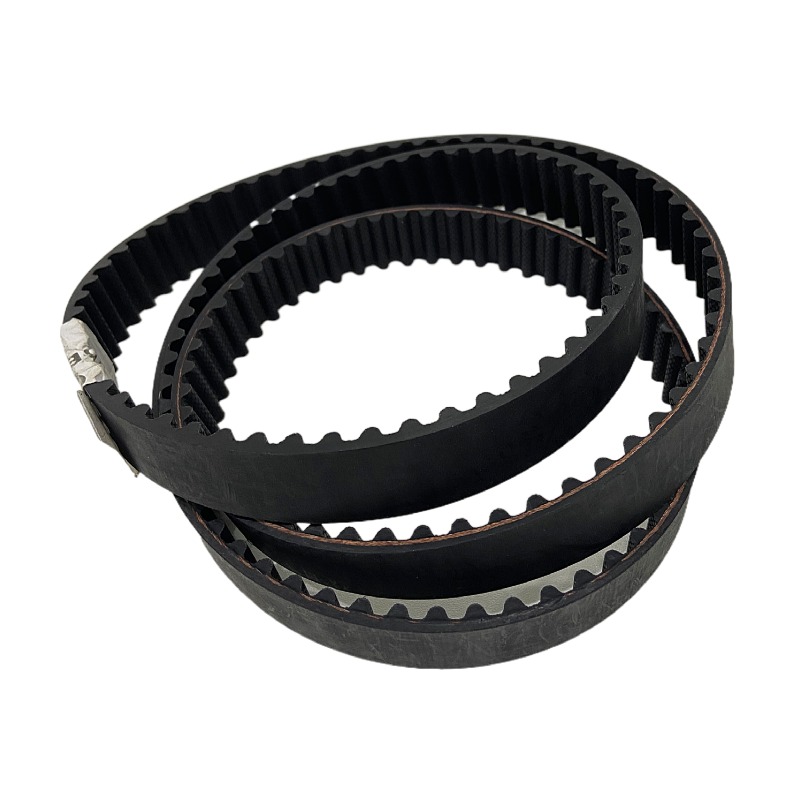- Arabic
- French
- Russian
- Spanish
- Portuguese
- Turkish
- Armenian
- English
- Albanian
- Amharic
- Azerbaijani
- Basque
- Belarusian
- Bengali
- Bosnian
- Bulgarian
- Catalan
- Cebuano
- Corsican
- Croatian
- Czech
- Danish
- Dutch
- Afrikaans
- Esperanto
- Estonian
- Finnish
- Frisian
- Galician
- Georgian
- German
- Greek
- Gujarati
- Haitian Creole
- hausa
- hawaiian
- Hebrew
- Hindi
- Miao
- Hungarian
- Icelandic
- igbo
- Indonesian
- irish
- Italian
- Japanese
- Javanese
- Kannada
- kazakh
- Khmer
- Rwandese
- Korean
- Kurdish
- Kyrgyz
- Lao
- Latin
- Latvian
- Lithuanian
- Luxembourgish
- Macedonian
- Malgashi
- Malay
- Malayalam
- Maltese
- Maori
- Marathi
- Mongolian
- Myanmar
- Nepali
- Norwegian
- Norwegian
- Occitan
- Pashto
- Persian
- Polish
- Punjabi
- Romanian
- Samoan
- Scottish Gaelic
- Serbian
- Sesotho
- Shona
- Sindhi
- Sinhala
- Slovak
- Slovenian
- Somali
- Sundanese
- Swahili
- Swedish
- Tagalog
- Tajik
- Tamil
- Tatar
- Telugu
- Thai
- Turkmen
- Ukrainian
- Urdu
- Uighur
- Uzbek
- Vietnamese
- Welsh
- Bantu
- Yiddish
- Yoruba
- Zulu
Sep . 07, 2024 15:29 Back to list
High-Quality Serpentine Belts for Automotive Performance
Understanding the Serpentine Belt The Lifeline of Your Vehicle’s Engine
The serpentine belt plays a crucial role in the functionality of modern vehicles, acting as the lifeline that connects various essential components of the engine. This long, winding belt is often made from high-quality rubber and is designed to drive multiple peripheral devices, such as the alternator, power steering pump, water pump, and air conditioning compressor. Understanding the serpentine belt's importance, maintenance, and potential issues can help vehicle owners ensure their engines run smoothly.
What is a Serpentine Belt?
A serpentine belt is a single, continuous belt that runs around multiple pulleys in the engine, allowing for a more efficient transfer of power compared to older vehicles that used multiple V-belts. The design of the serpentine belt enables it to fit snugly in tight spaces and reduces the complexity of installation and replacement. Most modern vehicles come equipped with a serpentine belt system because of its efficiency, cost-effectiveness, and ease of maintenance.
Importance of the Serpentine Belt
The serpentine belt is integral to the proper functioning of several vital engine components. For instance, the alternator generates electricity to power the vehicle’s electrical systems, while the power steering pump aids in steering control. The water pump is responsible for circulating coolant through the engine to prevent overheating, and the air conditioning compressor ensures a comfortable cabin environment.
If the serpentine belt fails, it can lead to a domino effect, causing multiple components to stop working. For example, a broken belt can result in loss of power steering, leading to difficult maneuverability, or an overheated engine due to a malfunctioning water pump. Therefore, regular inspection of the serpentine belt is essential for maintaining overall vehicle performance.
a serpentine belt

Signs of a Failing Serpentine Belt
Vehicle owners should be on the lookout for various signs indicating that the serpentine belt may need to be replaced. One of the most common indicators is a squeaking or squealing noise when the engine is running, which can suggest that the belt is worn, loose, or misaligned. Other signs include visible cracks, fraying, or signs of significant wear on the belt itself. In some cases, the check engine light may illuminate, indicating an issue with the belt or connected components.
Maintenance and Replacement
To avoid potential issues related to a failing serpentine belt, routine maintenance is crucial. Most manufacturers recommend inspecting the serpentine belt during regular oil changes or every 30,000 to 50,000 miles. Replacement intervals may vary based on vehicle make and model, so it’s essential to refer to the owner's manual for specific guidelines.
When replacing the serpentine belt, it is also advisable to inspect related components such as pulleys and tensioners. Ensuring that these parts are in good condition will help prevent premature wear on the new belt.
Conclusion
In conclusion, the serpentine belt is an essential component of a vehicle's engine system, influencing many aspects of its performance. Understanding the importance of this vital part, recognizing signs of wear, and conducting regular maintenance can help vehicle owners avoid costly repairs and ensure the longevity of their engines. By keeping an eye on the serpentine belt's condition, drivers can enjoy a smoother, safer ride.
-
Korean Auto Parts Timing Belt 24312-37500 For Hyundai/Kia
NewsMar.07,2025
-
7PK2300 90916-T2024 RIBBED BELT POLY V BELT PK BELT
NewsMar.07,2025
-
Chinese Auto Belt Factory 310-2M-22 For BMW/Mercedes-Benz
NewsMar.07,2025
-
Chinese Auto Belt Factory 310-2M-22 For BMW/Mercedes-Benz
NewsMar.07,2025
-
90916-02660 PK Belt 6PK1680 For Toyota
NewsMar.07,2025
-
drive belt serpentine belt
NewsMar.07,2025

